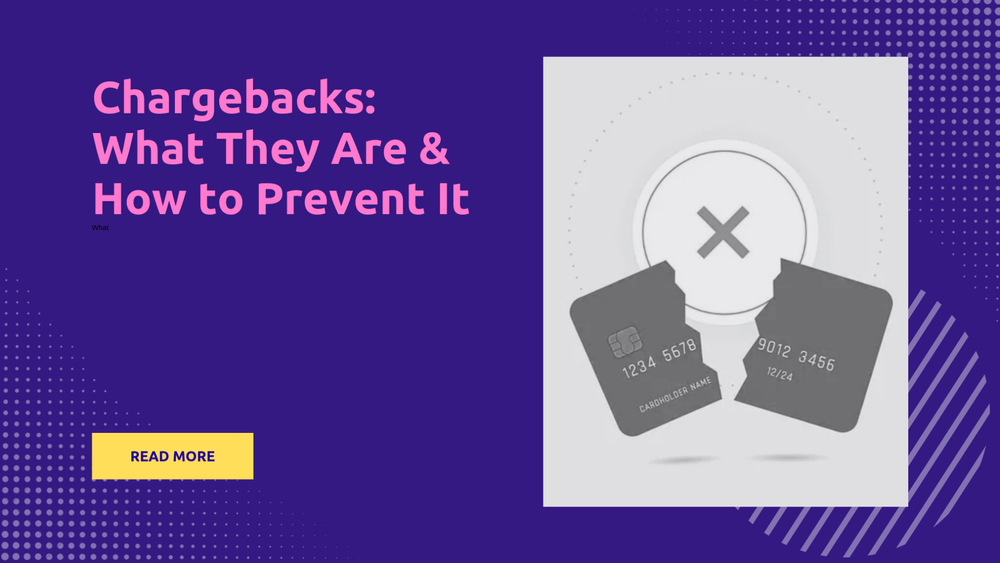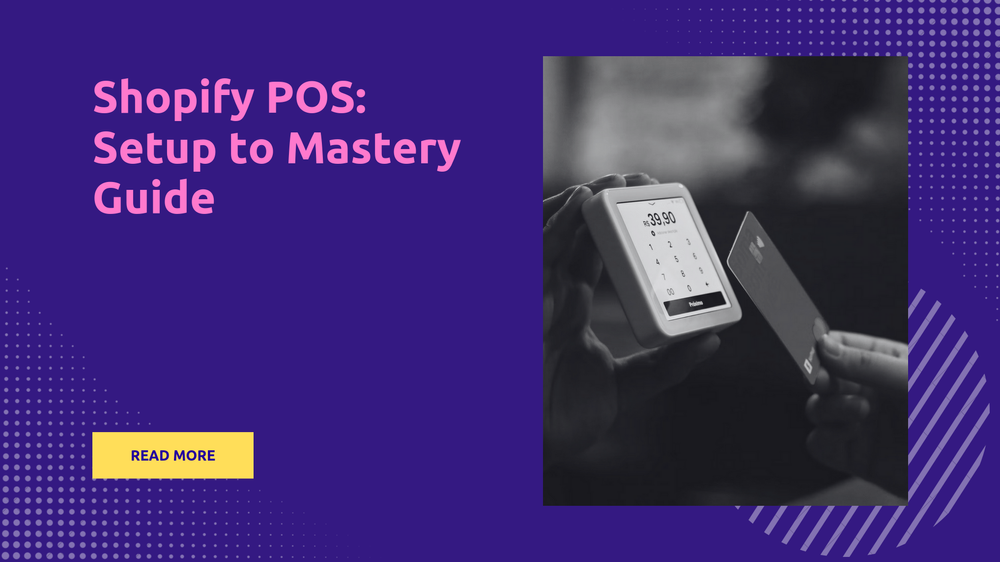Navigate FOB Shipping in Global Trade!
By Abhishek Sebin on

FOB, which stands for “Free on Board,” is a critical term in shipping and international trade. It defines the point at which responsibility and liability transfer from the seller to the buyer in a transaction.
The origin of FOB terms dates back to the late 19th century, when global shipping started expanding rapidly. As maritime trade grew more complex, there was a need to clearly delineate risk transfer points between merchants. This led to the creation of “Free on Board” shipping terms by the International Chamber of Commerce.
Initially, FOB was used on traditional seafaring bills of lading to designate whether the seller or buyer was liable for goods after they crossed the ship’s rail. Over the decades, the definition evolved to reflect modern transport like containers and air freight. Various Incoterms were introduced to provide standard trade definitions across industries.
Today, FOB remains one of the most widely used international commerce terms. It sets clear expectations on where ownership and risk transfer during the shipping process. Specifying FOB terms in sales contracts also guides responsibilities for transportation costs, duties, and insurance. Properly understanding FOB is crucial for importers, exporters, and anyone involved in global trade.
Understanding FOB Point Meaning
FOB, which stands for “Free On Board,” is a shipping term that defines who is responsible for paying transportation charges and handling cargo losses or damage. There are two common FOB terms used in international trade agreements:
Breakdown of the term “Free On Board” and its variants
FOB shipping point - The seller’s responsibility ends when the goods are delivered to the buyer’s designated carrier. This indicates that the seller fulfills their obligation to deliver when the shipment is loaded on the carrier at the seller’s location.
FOB destination - The seller’s responsibility ends when the goods are delivered to the buyer’s designated address or final destination. This indicates that the seller is responsible for transportation and loss/damage until the shipment reaches the buyer’s nominated address.
There are also variance indicating the shipment location such as FOB factory, FOB port, etc. But fundamentally, FOB dictates when the ownership and risk transfer from seller to buyer during the shipping process.
The legal implications of FOB in trade agreements
The FOB terms determine the legal obligations and risks assumed by buyers and sellers in international trade agreements. Some key legal implications include:
Ownership transfer - Ownership and title of the goods pass from seller to buyer at the FOB point.
Risk of loss transfers at the FOB point from seller to buyer. If goods get lost or damaged after the FOB point, it is the buyer’s responsibility.
Export/import clearance - The party before the FOB point is responsible for export customs clearance. The party after the FOB point handles import customs clearance.
Insurance - The seller insures the goods until the FOB point. The buyer arranges insurance beyond the FOB point.
Freight costs - The seller pays and assumes freight costs until the FOB point. The buyer pays freight costs beyond that point.
Documentation - The seller must provide proper shipping documents needed for export and delivery to the FOB point. The buyer must facilitate documentation required for import.
Clearly defining the FOB point in contracts determines when the risk and responsibility shifts between trading partners during international shipping. This allocates accountability in the event of any disputes.
The Importance of FOB Terms in Shipping and Logistics
FOB terms play a pivotal role in allocating risks, costs, and responsibilities between buyers and sellers during the shipping and transportation process. By clarifying ownership and liability at a specified point, FOB provides a framework for each party to manage logistics and plan finances.
Allocating Risks and Responsibilities
The critical impact of FOB terms is in determining which party bears responsibility for the goods at each point in transit. With FOB shipping point, the buyer assumes risk the moment the goods leave the seller’s location, even if the seller handles booking transportation. With FOB destination, the seller retains liability until the goods reach the buyer’s designated location.
This transfer of risk at the FOB point has implications for insurance claims and managing damage or loss disputes. The owner of the goods at the time of an incident typically must file claims and absorb any uninsured losses. Knowing the precise FOB point sets clear expectations on who needs to insure goods in transit and take measures to prevent issues.
Impacts on Logistics Planning
FOB terms influence logistical responsibilities like arranging freight, clearing customs, obtaining documents, and more. With FOB origin, the buyer usually handles logistics after the seller delivers goods to the carrier. With FOB destination, the seller manages transportation until goods reach the buyer’s location.
The party planning logistics needs expertise in related areas like freight contracts, import/export regulations, and insurance requirements at each leg of the journey. Clarifying logistics duties based on FOB enables the party with the most knowledge and capabilities to take the lead.
Cost Management
FOB also affects budgeting as it determines who pays for freight expenses and insurance premiums based on the ownership of goods during transport. The owner at the FOB point typically pays freight invoices and files claims for damage/loss.
With FOB shipping point, buyers can negotiate lower prices since sellers don’t have to build international shipping and insurance costs into the product price. For sellers, FOB destination allows better cost control since they can choose the freight options.
Clearly delineating logistics duties and costs based on the FOB point enables both parties to better plan budgets and optimize spending.
FOB Shipping Point vs. FOB Destination
FOB shipping point and FOB destination are the two most common variants of FOB terms used in trade agreements. On the surface, they may seem similar but there are important distinctions between the two that impact logistics and financial responsibilities.
FOB Shipping Point
With FOB shipping point terms, the seller fulfills their obligation to deliver goods when the shipment leaves their facility. This means ownership and risk transfer to the buyer as soon as the goods are loaded onto the carrier at the seller’s shipping location.
The buyer is responsible for freight costs and cargo insurance beyond that point. They will need to make arrangements with a carrier to pick up the goods from the seller’s facility and transport them to the final destination.
FOB Destination
FOB destination places more responsibility on the seller. Here, the seller retains ownership and risk of loss until the goods are delivered to the buyer’s designated location.
The seller must arrange and pay for transportation to get the goods to the buyer’s receiving point or warehouse. The buyer takes over responsibility and ownership only when the shipment arrives at the destination.
Key Differences
To summarize, the critical differences between FOB shipping point and destination:
- Ownership Transfer - At origin facility for FOB shipping point vs. buyer’s destination for FOB destination.
- Risk of Loss - Transfers to buyer earlier under shipping point terms.
- Transportation Costs - Buyer pays freight under FOB shipping point, seller pays for FOB destination.
Scenarios Demonstrating the Difference
Consider these examples to see the terms in action:
E-commerce Retailer (FOB Shipping Point) - Online seller delivers goods to their third-party logistics provider. Ownership and risk transfers to the customer at that point, and the customer must pay for shipping to their address.
Auto Parts Supplier (FOB Destination) - Supplier delivers an order of parts to an automotive factory. Ownership doesn’t transfer until the shipment arrives at the factory, and the supplier arranges delivery.
Wine Importer (FOB Shipping Point) - A French winery delivers a pallet of wine to the port. The American importer becomes responsible when the pallet is loaded at the port in France. The importer must arrange and pay for ocean transportation.
The FOB term significantly impacts the movement of goods and financial obligations. Carefully evaluating FOB shipping point vs. destination is crucial when negotiating trade contracts and transportation strategy.
FOB and Incoterms
Incoterms are a set of international commercial terms published by the International Chamber of Commerce that are widely used in international trade contracts. They help define the responsibilities of buyers and sellers for the delivery of goods.
FOB shipping terms are related to certain Incoterms that describe obligations for shipping and transport. Here are some key Incoterms connected to FOB:
FCA (Free Carrier): Similar to FOB shipping point, the seller’s responsibility ends when goods are delivered to the carrier.
FAS (Free Alongside Ship): Seller must place goods alongside the ship at the port. Buyer arranges shipping and documentation.
FOB (Free On Board): Seller handles export procedures and delivers goods on board the vessel.
CFR (Cost and Freight): Seller pays freight to destination port. Buyer handles customs clearance and further costs.
CIF (Cost, Insurance and Freight): Seller pays freight and insurance to destination port. Buyer handles customs and further costs.
The Incoterms help provide a standard framework for allocating responsibilities linked to terms like FOB. For example, a CIF agreement clarifies the seller’s duties to arrange insurance compared to a CFR agreement.
Businesses negotiating international trade contracts should understand how FOB shipping point or destination interacts with relevant Incoterms. This ensures optimal assignment of obligations, costs and risks for cross-border transportation.
Financial Implications of FOB Terms
FOB terms have a significant impact on the financial and accounting aspects of a trade agreement. They determine important factors like when title transfers, where transportation costs are accounted for, and who bears responsibility for goods in transit.
When negotiating FOB terms, it’s crucial to understand the financial consequences and craft agreements favorably. Key considerations include:
Invoicing. The FOB point determines when the buyer must pay the seller’s invoice. With FOB shipping point, the invoice is due when goods leave the seller’s location. With FOB destination, invoicing happens when goods reach the buyer’s location.
Transportation Costs. Under FOB shipping point, transportation costs are borne by the buyer. But with FOB destination, the seller incurs transportation expenses. This hugely impacts cash flow and accounting.
Insurance. Depending on the FOB term, either the buyer or seller will need to insure goods during transit. The party bearing risk of loss carries this insurance burden. Explicitly agreeing on insurance requirements is advised.
Customs Duties. At the FOB point, responsibility for customs clearance shifts. Understanding import/export regulations linked to the FOB term is critical.
Taxes. Sales tax applicability can change based on FOB point. Businesses must account for tax impacts when goods transfer ownership.
Payment Terms. Negotiating longer payment terms for invoices can assist with cash flow. Payment schedules should align with FOB point and title transfer.
Overall, analyze your complete supply chain and transportation process when deciding optimal FOB terms. Seek the best allocation of costs, cash flow timing, and risk management through strategic FOB planning. Consult accounting and legal experts to ensure fiscal impacts are handled properly.
The Role of FOB in E-commerce
E-commerce businesses face unique challenges when dealing with FOB shipping terms, especially when selling internationally. Some key considerations include:
Inventory and Warehousing
E-commerce sellers must decide if they want to hold inventory at origin or destination. FOB shipping point allows the seller to ship goods from their own warehouse until the buyer takes possession. FOB destination requires the seller to manage delivery all the way to the buyer’s location.
Logistics Management
Under FOB shipping point, the buyer oversees the main shipping leg. With FOB destination, the seller must choose carriers and delivery methods across international borders. This complexity requires strong logistics expertise.
Cost Optimization
FOB terms impact costs like freight, duty, and insurance. FOB shipping point shifts these responsibilities to the buyer earlier. FOB destination keeps costs with the seller for longer. Businesses should model costs under both terms.
Customs Processes
FOB destination requires the seller to handle customs clearance in the buyer’s country. Sellers must understand import regulations and dutiable values to estimate final costs.
Risk Mitigation
FOB shipping point transfers risk once goods are loaded. FOB destination leaves the seller liable until delivery. Proper insurance is crucial to limit financial downside.
Customer Experience
FOB terms influence delivery speed and tracking visibility. FOB shipping point gives the seller less control, which could impact customer satisfaction. Clear communication of timelines is essential.
To succeed with international FOB terms, e-commerce sellers should invest in trade compliance expertise, negotiate favorable contracts, optimize logistics, purchase risk coverage, and set realistic expectations with customers. Choosing the right FOB strategy for each market is key for global e-commerce expansion.
FOB Point and Risk Management
When it comes to shipping products internationally under FOB terms, there are several risks that businesses need to be aware of. The party assuming responsibility under the FOB agreement assumes the risks associated with transporting the goods.
For the seller, the primary risks with FOB shipping point terms are that the goods may be lost, damaged, or delayed during transit before reaching the buyer. Similarly, for the buyer, the major risks under FOB destination terms are hazards that could occur while the shipment is in the seller’s control before arriving at the named destination.
To mitigate these risks, businesses on either side of an FOB shipment should consider insuring the goods to protect against loss or damage. Transit insurance can cover the financial risks associated with international shipping, ensuring you are compensated for cargo value in the event of an incident. Work closely with your freight forwarder or logistics provider to understand your insurance options and secure adequate protection.
It’s also important to vet carriers thoroughly, implement security measures like seals and tracking, and take steps to prevent delays or bottlenecks at customs. Careful packaging and handling procedures can also reduce physical damage and loss risks while goods are in transit.
For high-value FOB shipments, businesses may choose to escort the cargo or hire security guards to accompany the transit to ensure oversight. Some logistics firms also offer specialized insurance policies tailored to FOB shipments that can financially protect against various shipping hazards under both FOB point and destination terms.
Leveraging tools like shipment tracking visibility, trade compliance software, and analytics can further help you monitor your FOB shipments in real-time and rapidly respond to any incidents or exceptions. With the right risk management strategies, companies can feel confident taking on the responsibilities associated with FOB terms in their international trade and e-commerce operations.
Tips for Navigating FOB Agreements
When entering into any contract involving FOB terms, there are some key considerations to keep in mind:
Clearly define the FOB point. Don’t leave any ambiguity here, as the FOB point determines where risk and responsibility transfer from seller to buyer. Specify the exact location, such as the seller’s warehouse or loading dock.
Allocate risks appropriately. Make sure your business can properly handle the risks it takes on at the FOB point. If not, try to negotiate more favorable terms.
Factor in costs upfront. Understand any new costs for transportation, insurance, duties/taxes that shift to your business with the chosen FOB terms.
Communicate with supply chain partners. Align with logistics providers and customs brokers so handoffs at the FOB point go smoothly.
Buy sufficient insurance. Make sure your cargo insurance covers the risks after the FOB point. There may be gaps in coverage to address.
Inspect shipments thoroughly at transfer. Don’t assume the seller properly handled or packed the goods. Carefully inspect for damage at the FOB hand-off.
Get FOB terms in writing. Don’t rely on verbal agreements about the FOB point. The contract must specify terms to avoid disputes.
Understand the laws. Different rules can apply depending on if shipping locally vs. internationally and the countries involved.
Leverage industry experts. Work closely with experienced freight forwarders, brokers, lawyers, and insurers when creating and reviewing FOB contracts.
Following this advice from trade experts can help avoid many of the common pitfalls and disputes that arise around FOB terms. Know your specific business needs and risk tolerance, and craft FOB agreements accordingly. With due diligence, FOB terms can provide an optimal framework for e-commerce and international trade.
Conclusion
Free on Board (FOB) shipping terms are critical in ensuring that businesses clearly understand the division of responsibilities, costs, and risks in the transportation of goods across borders. As we have explored, FOB point designates when the ownership and liability for merchandise transfers from seller to buyer during international shipping.
Whether you utilize FOB shipping point or FOB destination has significant implications for logistics, transportation expenses, and insurance needs. Overall, FOB provides the legal framework for facilitating global commerce between trading partners located in different countries.
The key takeaways about FOB point meaning include:
FOB sets the transfer location where merchandise ownership shifts between buyer and seller. This has legal ramifications.
FOB terms dictate who pays for shipping and insurance during different legs of the journey.
FOB allocates risks related to damage/loss during transit and when it becomes the buyer’s responsibility.
Understanding the nuances between FOB shipping point vs. destination is critical for businesses.
FOB forms a component of the International Commercial Terms (Incoterms) and should align with them.
Negotiating favorable FOB agreements requires research, analysis, and strategic planning.
As an e-commerce business, strategically leveraging FOB terms can provide big advantages. Being well-versed in Incoterms and having logistics expertise on your team is key. Seek advice from legal and trade professionals when drafting FOB contracts. And perform due diligence by comparing FOB shipping point vs. destination across various routes.
With the insights covered in this guide, you now have a strong foundation for making informed decisions around FOB terms. This will empower your company to take control, reduce risks, and optimize costs as you scale globally. The world of international trade awaits




